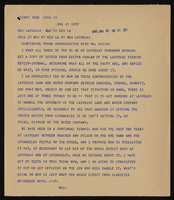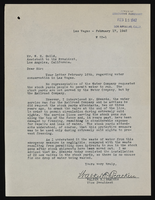Search the Special Collections and Archives Portal
Search Results
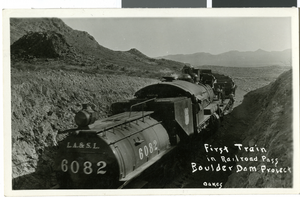
Postcard of a Union Pacific Railroad train, during Hoover Dam construction, late 1920s - early 1930s
Date
Archival Collection
Description
Image
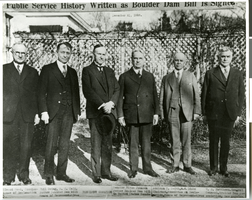
Photograph of six men at the signing of the Boulder Dam Bill, December 21, 1928
Date
Archival Collection
Description
Image
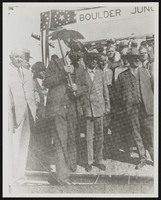
Dr. Ray Lyman Wilbur, United States Secretary of the Interior: photographic print
Date
Archival Collection
Description
Image
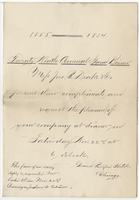
Invitation for the Twenty-ninth annual game dinner, Saturday, November 22, 1884, Grand Pacific Hotel
Date
Archival Collection
Description
Note: Handwritten invitation Restaurant: The Grand Pacific Hotel Location: Chicago, Illinois, United States
Text
Nevada Statehood Commemorative U.S. Postage Stamps and Coin
Identifier
Abstract
The Nevada Statehood Commemorative U.S. Postage Stamps and Coin collection contains one sheet of the 1964 Nevada Statehood Centennial Stamp, printed from plate number 27798, and one proof copy of the 1964 Nevada Centennial Medallion.
Archival Collection
Thomas J. Osborne Photograph Collection
Identifier
Abstract
The Thomas J. Osborne Photograph Collection (approximately 1890-1930) consists of black-and-white photographic prints, negatives, and slides. Images depict the family of Thomas J. Osborne, his law office, the family home, and views of the town of Pioche, Nevada and surrounding areas. Several images depict local mines and unidentified mine workers.
Archival Collection

